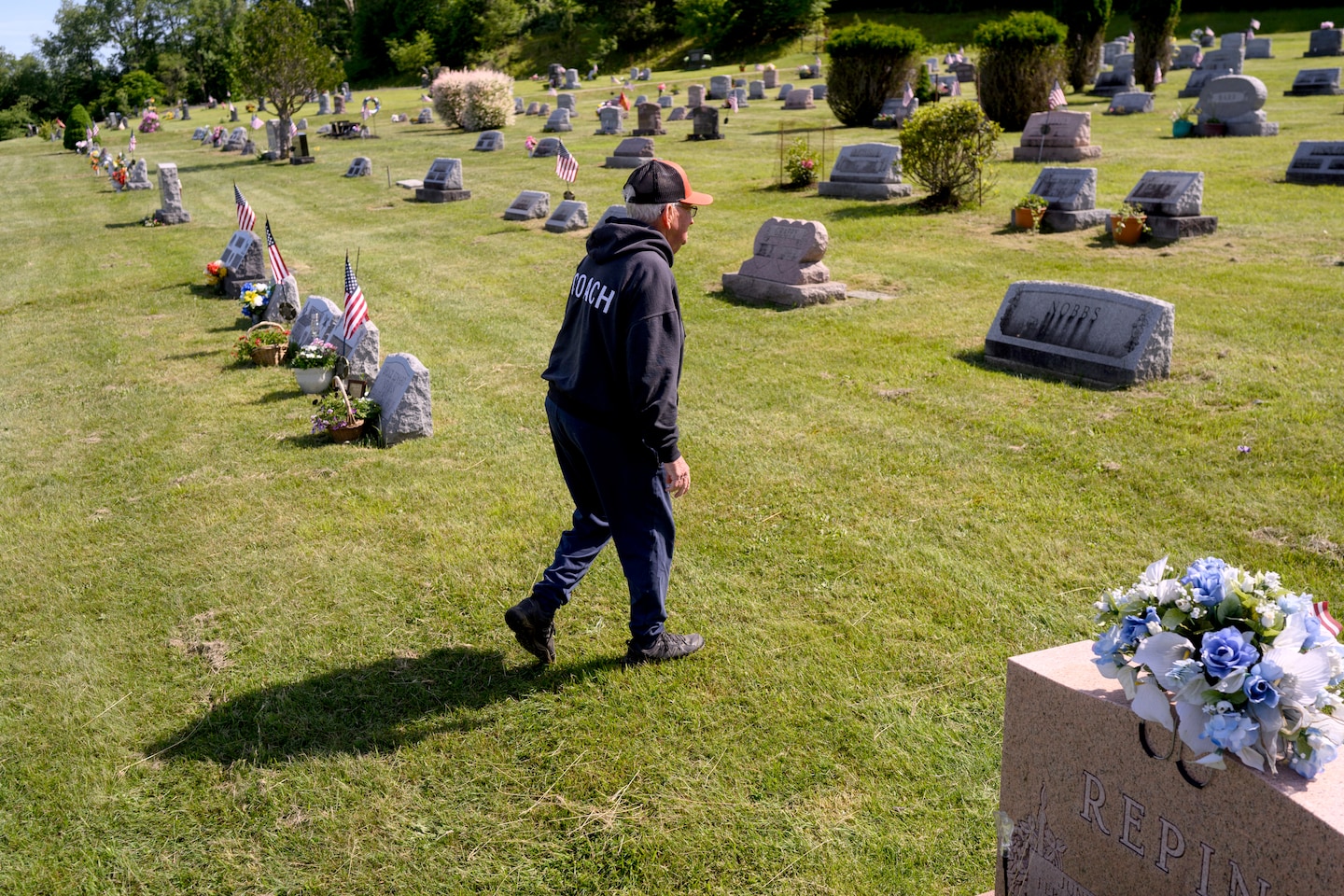There is a deepening sense of fear as population loss accelerates in rural America. The decline of small-town life is expected to be a looming topic in the presidential election.
…
America’s rural population began contracting about a decade ago, according to statistics drawn from the U.S. Census Bureau.
A whopping 81 percent of rural counties had more deaths than births between 2019 and 2023, according to an analysis by a University of New Hampshire demographer. Experts who study the phenomena say the shrinking baby boomer population and younger residents having smaller families and moving elsewhere for jobs are fueling the trend.
According to a recent Agriculture Department estimate, the rural population did rebound by 0.25 percent from 2020 to 2022 as some families decamped from urban areas during the pandemic.
But demographers say they are still evaluating whether that trend will continue, and if so, where. Pennsylvania has been particularly afflicted. Job losses in the manufacturing and energy industries that began in the 1980s prompted many younger families to relocate to Sun Belt states. The relocations helped fuel population surges in places like Texas and Georgia. But here, two-thirds of the state’s 67 counties have experienced a drop in population in recent years.



Once upon a time you could entice youngsters to the countryside with promises of low cost of living, but then rural housing got super fucking expensive super fucking fast during the covid years. Like sure, maybe rural housing is still cheaper than suburban/urban housing (although this is HIGHLY location-specific), but gone are the days where you could buy a pretty nice house (or an iffy house on a sizable chunk of land) for less than the down payment on a house in a “desirable” area. You might be able to convince a middle-class 30- or 40-something American to live in the middle of nowhere in exchange for a good house they’re able to pay for in cash with change to spare (and with it the opportunity to retire a decade or so early). But once rural housing started needing mortgages to afford and buyers still had to deal with crap like bidding wars and sparse inventory, where’s the draw? At least in my state (Washington) rural housing inventory is finally going up and prices are starting to come down (although monthly payments are still at near-record highs if you need a mortgage), but it’s going to either be many years of incremental decline or a very sharp, very painful crash to return rural housing affordability to how it was.
Rural living was never cheap. When you factor in the lower salaries it was always always going to be the more expensive choice.
Plus the driving all over the place. That costs time in addition to the money.